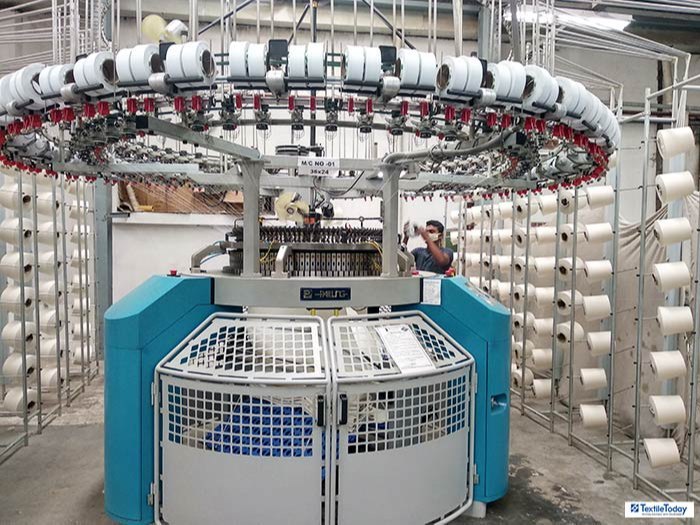A fabric cutting machine is a specialized equipment crucial in the textile industry for efficiently and accurately cutting knitted fabrics. These fabrics, intricately woven from interlocking loops of yarn, pose challenges for manual cutting due to their complex structure, often resulting in time-consuming and imprecise cuts. Fabric cutting machines automate this process, ensuring consistent and clean cuts, thereby improving the efficiency of garment production.
Choosing the optimal fabric cutting machine is essential for enhancing productivity and reducing production costs in the textile industry. Key considerations include cutting precision, speed, and ease of operation. Additionally, it's vital to ensure that operators receive adequate training to safely and effectively use the machine, maximizing its efficiency and achieving optimal results. Investing in a reliable fabric and cloth cutting machine can streamline your textile production processes and significantly enhance overall efficiency.

Fabric cutting machines are indispensable in the textile and garment manufacturing sector. They automate and streamline the cutting process for knitted fabrics. Offering numerous advantages over manual cutting methods, these machines have become essential tools in the industry.
Shiv Laser Tools & Technologies provide the best Fabric cutting machines, including cloth cutting machines, have become indispensable tools in the textile and garment manufacturing industry. They revolutionize the way fabrics are processed and enhance overall efficiency. These machines play a crucial role in automating and streamlining the fabric cutting process, particularly for knitted fabrics, offering numerous advantages over manual cutting methods.
Efficiency : One of the primary advantages of fabric cutting machines is their efficiency. They can cut fabrics much faster than manual methods, allowing manufacturers to handle large volumes of fabric quickly. This results in increased production efficiency and quicker turnaround times, ultimately boosting productivity.
Precision : Fabric cutting machines are equipped with computerized controls and sharp cutting blades, ensuring precise cuts with consistency. This precision is crucial for minimizing fabric wastage and maintaining high-quality standards across production batches.
Versatility : These machines can handle various fabrics, from lightweight to heavy-duty materials. They offer flexibility in cutting multiple shapes and sizes, catering to diverse production requirements.
Automation : By automating the cutting process, fabric cutting machines, including cloth cutting machines, reduce the reliance on manual labor, thereby minimizing the risk of human errors and ensuring uniformity in cuts throughout the production process.
Cost-Effectiveness : While the initial investment in fabric and cloth cutting machines may seem significant, their long-term benefits outweigh the costs. They contribute to cost savings by reducing labour costs, increasing productivity, and minimizing material wastage.
In conclusion, fabric cutting machines, including cloth cutting machines, are invaluable for textile manufacturers. They offer unparalleled efficiency, precision, versatility, automation, and cost-effectiveness. By integrating these machines into their production processes, manufacturers can optimize operations, enhance product quality, and stay competitive in the ever-evolving textile industry.